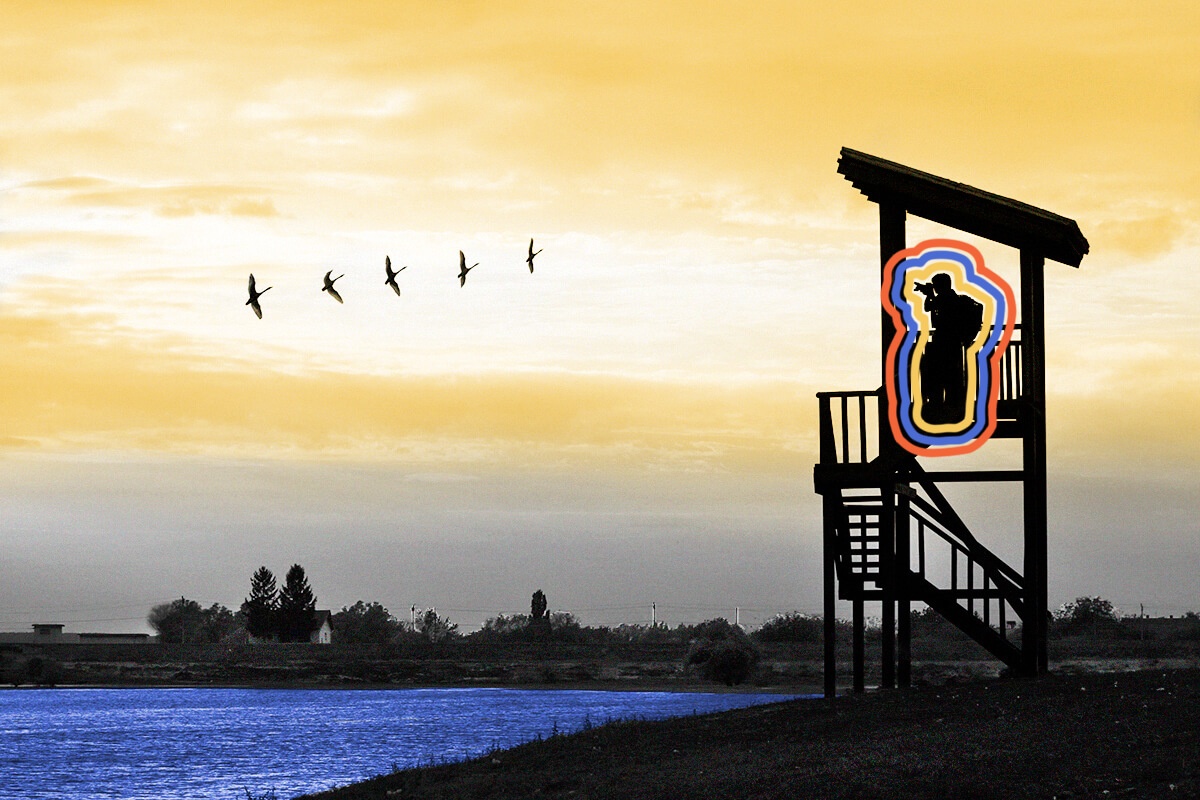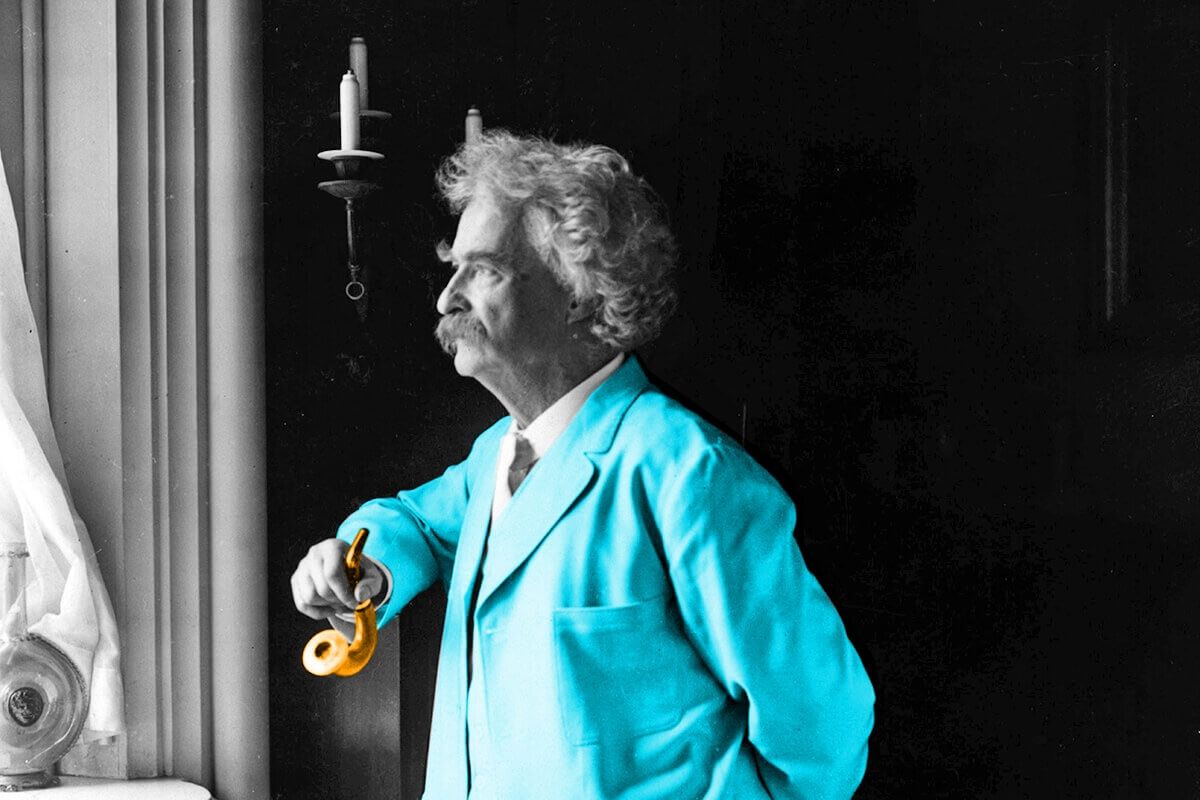
Ian Fleming took the name "James Bond" from an American bird expert.
Inspiration can come from the unlikeliest of places. While living in Jamaica in the early 1950s, author Ian Fleming was in search of a name for the secret agent main character in his new book, Casino Royale. “I wanted to find a name which wouldn’t have any romantic overtones,” Fleming later said. “I wanted a really flat, quiet name.”
Fleming was an avid bird-watcher, and one of his favorite books was Birds of the West Indies, written by American ornithologist James Bond. “I thought, ‘Well, James Bond, that’s a pretty quiet name,’” Fleming continued, “so I simply stole it and used it.” For years, Bond (who actually went by Jim) had no idea that his name adorned a series of spy novels, but as the popularity of the books grew — and particularly after the premiere of the first 007 film, Dr. No, in 1962, turned Bond into a bonafide pop culture phenomenon — the ornithologist learned about his moniker’s double life. Fleming eventually apologized to Bond, offering his own name for “a particularly horrible species of bird” if Bond ever discovered one. The two met on February 5, 1964, when Jim Bond and his wife showed up at Fleming’s house while on a trip to Jamaica, and left as friends. Fleming even gave Bond a signed copy of the then-unreleased novel You Only Live Twice, inscribed “to the real James Bond.”
A 16th-century occultist. A Rudyard Kipling short story. A British bus line. The international dialing code for Russia. A hotel room number. All of these things have been suggested as the inspiration behind Bond’s numerical nickname, 007. In the universe of the novels, the double-0 prefix denotes Bond’s “license to kill,” and the most compelling evidence for its real-world origin also comes from the spy world. In one of his last interviews, Fleming said that he borrowed the “00” because “in the Admiralty, all top-secret signals had the double-0 prefix” at the beginning of WWII. Sounds good, but what about the “7”? Some have posited that it came from part of a code used to encrypt the famous 1917 “Zimmerman Telegram,” in which German foreign secretary Arthur Zimmermann made secret overtures to Mexico calling for an alliance against the U.S. (British decryption of the telegram was considered a major triumph and part of the reason the initially neutral U.S. finally entered the war.) Others think that “7” is just a lucky number. Whatever the case, it makes sense that an international man of mystery has an equally mysterious code name.

